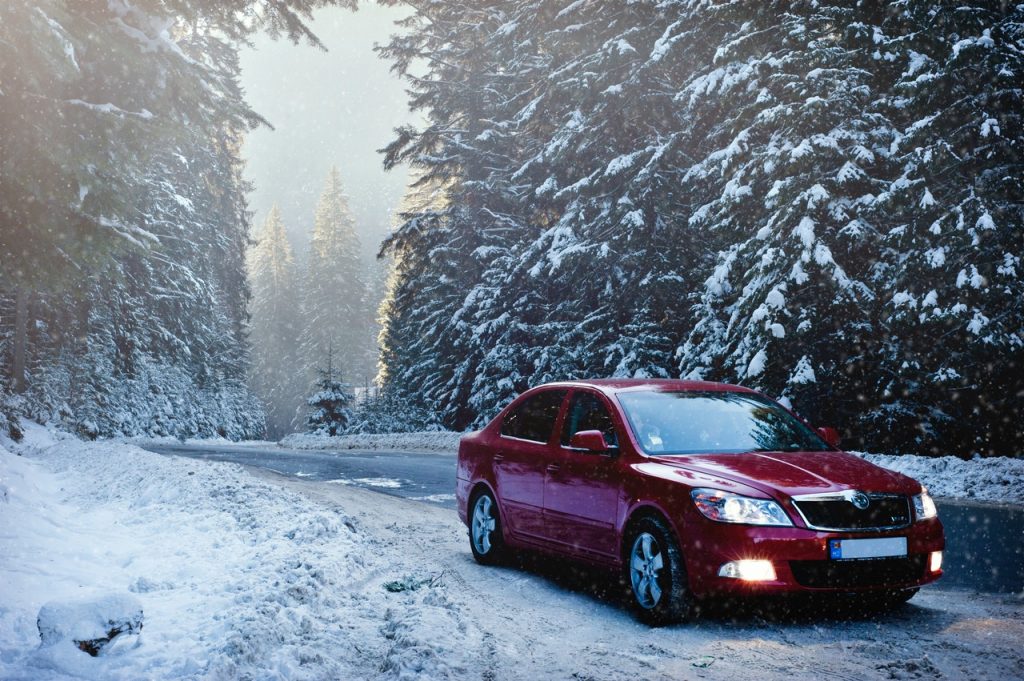
Starting your car in the cold can prove to be a very difficult task. This is due to a reduction in battery capacity at low temperatures and the greater resistance placed on the engine. What to do when the car will not start? How to deal with this problem? We suggest useful solutions
First of all, it is very important to properly prepare the equipment that you own, for winter. In this way, we significantly increase our chances that we will start the car in any situation – also in the cold. This applies first of all to the state of the battery. Before winter should check its condition in a garage. Older batteries so called “service” can be recharged using charger. Of course, you need to be very careful in this situation. In this case, you will need help of mechanic to check electrolyte condition.
Bringing the device to such a state will result in its damage. The voltage in it can not drop below 10 V
These components also need to be checked before the winter season. In the case of a diesel engine, the condition of the glow plugs is checked. In the case of petrol engines, the spark plugs and the wires leading to them should be checked
Among the various methods of starting a car in the cold there are some that are risky for our equipment. Which possibilities should be excluded? It is not advisable to start the car by towing or “pushing”. This can result in serious engine failure and, for example, breakage of the timing belt. It is also advisable not to use substances that are injected into the engine to promote cold starting

We recommend several possibilities. As a rule, you need to unplug and clean the clamps – already such a procedure can help. Disconnecting and recharging the battery takes time. What to do then? Sooner we will find another driver who will help us to start our car with the help of his battery. Then it is worth to keep the key in the ignition longer
It is important that in the case of diesel engines ”borrow” electricity from drivers who have cars with the same type of engine. What else will we need? Suitable cables to start the car
A modern gadget in the form of a powerbank can also help us. However, standard device, thanks to which we can charge our phone, is not enough. You need a powerbank with a special function, which helps to start a car, when everything else fails
As a last resort, you can also use roadside assistance. Of course, this will involve the use of assistance or additional costs, but it can solve the problem in a crisis situation. Roadside assistance has a booster, which is a portable battery with a very high capacity
Once you’ve happily started the machine, you should be on the move in no time. We do not have to wait for the engine to warm up. It has no technical justification. In addition, we expose ourselves to legal consequences: it is forbidden by the road traffic law (article 60 paragraph 2). For this you can pay a fine of 100 PLN.
During the first kilometers of a trip, before the engine warms up, we should take care that the power consumption is not too high. It is especially important not to turn on the air-conditioning unnecessarily. It is also advised not to drive at too high a speed. After that, you can move on to normal use of the machine
Photo: Pixabay